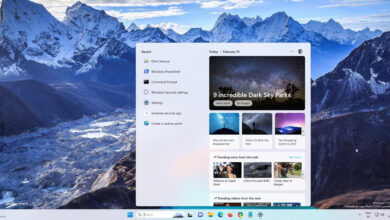Google is threating privacy-friendly YouTube frontend Invidious

The open source project Invidious has received a cease and desist notice from Google owned YouTube. In the letter, which the project team published here on the project website, Google claims that it has become aware of the project only recently.
It claims that Invidious is violating YouTube’s API Services terms of service and developer policies. Google lists numerous policies that it believes Invidious violates and is asking the project team to correct the issues or shut down its service. To do so, Google is giving the project 7 days time.
How Invidious works
Invidious is an open source frontend for YouTube. Anyone may set up an instance on a web server to offer access to videos published on YouTube.
What makes Invidious attractive to users is that it lets anyone watch any public video on YouTube without advertisement or tracking.
Google appears unaware that Invidious is not using YouTube’s official APIs for providing its service. As such, the project team has never agreed to YouTube’s terms and can’t be in violation of them as a consequence.
The project team is aware that this may not protect them from the wrath of one of the largest corporations in the world. Things may, and likely will, escalate when Google notices that the project team has not complied with its demands.
Invidious believes that Google could try and contact GitHub, the project hosting service, owned by Microsoft, to shut it down that way. There is a backup repository in place already here. Google might also go after individual members of the project team.
For now Invidious is not complying with the demand and stating that it “won’t do anything” unless forced to do so, e.g., by law.
Google, who operates YouTube, has two main revenue streams: display advertising, usually in form of video ads, and YouTube Premium subscriptions. The increasing number of ads on YouTube push make some users look for alternatives. YouTube Premium is such an alternative, albeit a costly one. Other options include using a content blocker to watch YouTube without ads and block any tracking attempts, another to use a frontend such as Invidious, or third-party apps, such as Newpipe, Skytube or a YouTube Vanced alternative.
While it is understandable that a large service such as YouTube needs to generate revenue, as it would not be sustainable otherwise, a growing number of users believes that Google is taking it too far.
Now You: do you use Invidious or another third-party frontend for YouTube?
Thank you for being a Ghacks reader. The post Google is threating privacy-friendly YouTube frontend Invidious appeared first on gHacks Technology News.
gHacks Technology News
